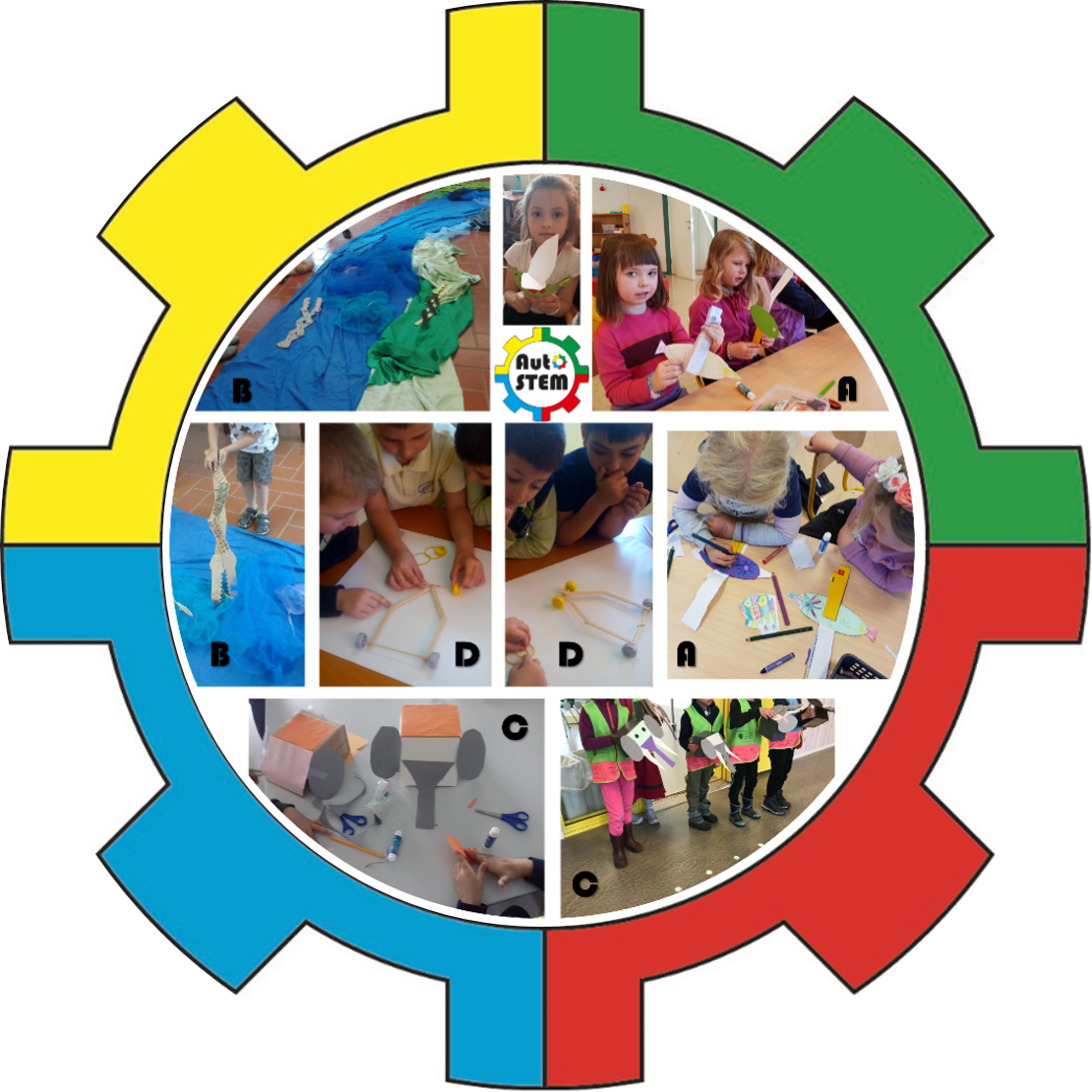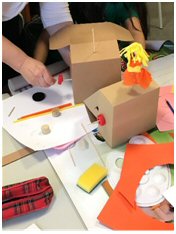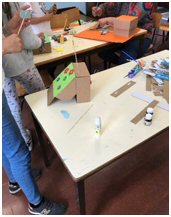The Dancing Doll here is designed for children from 4 to 7 years old. Teachers can adapt the design to other ages, as well. Some ideas of other ways to use the idea can be found at the bottom of this page.
Learning goals
When constructing the Dancing Doll several learning goals can be achieved:
- Mechanical energy and transferring energy
- Analysis and construction.
- Shapes and numbers.
- Parts of the human body.
- Soft-learning skills included; problem solving and creativity
This video tutorial shows how you can make the Dancing Doll. We recommend you watch it before starting.
- Instructions on how to construct and use the Dancing Doll for STEM are available here
- A template (printed on paper) for the dress and head can printed using the example below. We have used a word.doc so that it is easier for you to make the dress bigger or smaller by dragging the image
- Variations on the Dancing Doll

Print this template on paper
Click here to download the template
Children should present their work to the class and play with the automata they have made by themselves.
Variations on the Dancing Doll
Other themes and characters can be used instead of Dancing Doll. It can be a figure balancing, a bird, a carousel, smiling vs sad face or whatever teachers and children can imagine.
Different scenarios can be developed for the Dancing Doll. The scenario can be used at the beginning of the activity or the end. For example, a circus can be used to contextualise the activity. Other characters can be added? What do they do? Which mechanisms can be used? Different narratives and stories can also be imagined.

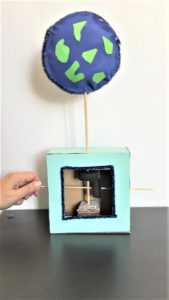
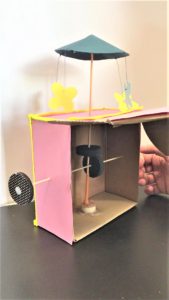
| Portuguese Dancing Doll – Viana do Castelo Adriana Pedrosa, Cátia Simões, Madalena Araújo, Rita Costa Save the word! Diana Azevedo, Helena Fernandes, Inês Ramos, Yanara Borges, Luís Portela Carrousel Anália Santos, Inês Machado , Joana Almeida |
